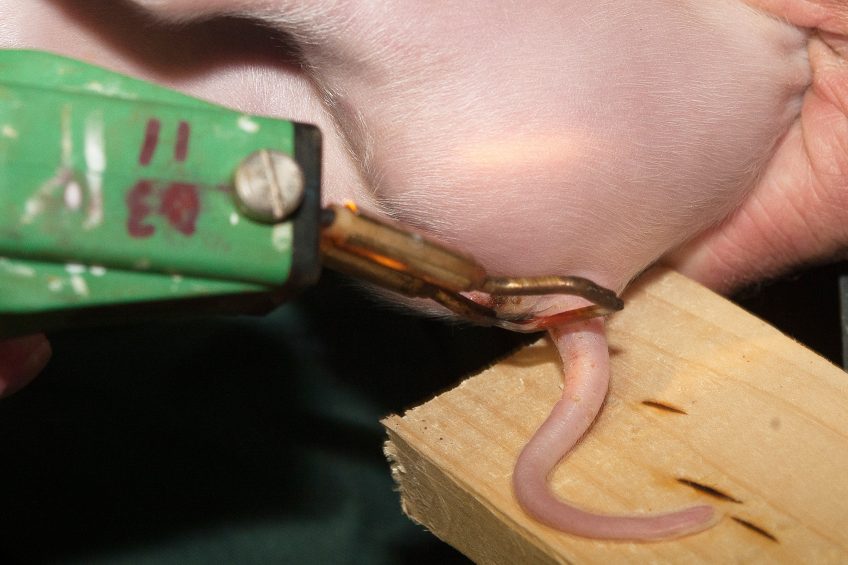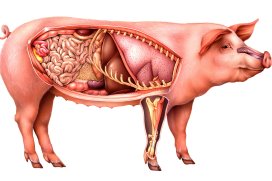Pain relief heading to the US

Perhaps it went slightly unnoticed, but the introduction of a pain control product for cattle represents a breakthrough in farm animal care in the United States. Welfare expert Dr Monique Pairis-Garcia explains why – and sheds her light on the consequences for swine.
Times are changing for United States agriculture. The US Food and Drug Administration has just announced the approval of a transdermal product for the control of pain associated with foot rot in cattle. Banamine Transdermal (Finadyne) is a non-steroidal anti-inflammatory drug (NSAID) which targets the cyclooxygenase pathway.
This pathway is responsible for the production of byproducts which cause pain and inflammation. Non-steroidal anti-inflammatory drugs are among the most common pharmaceutical product used for pain management in veterinary medicine as these drugs are relatively easy to administer, long lasting and cost effective. In addition to controlling pain, NSAIDs can also be very effective in decreasing inflammation and reducing fever, an added benefit as producers can administer the product to cattle experiencing fever associated with respiratory disease.

Read more about pig health in our Pig Health Tool
Labelled for pain relief in livestock species
The product, produced by Merck Animal Health, is the first drug to ever be specifically labelled for pain relief in livestock species in the US. This drug is also unique as it is administered as a pour-on, making it not only easy on those working with cattle to administer the drug, but also less stressful to those compromised or sick cattle requiring treatment. This pour-on product can be used by producers that may not have the handling equipment necessary to give injections with a needle and can help to reduce the overall handling time required per animal.
Although this product is only approved for cattle, this is a historic moment for the US agriculture industry. We can no longer state that there are no label-approved products for pain management in livestock species.
Castration and tail docking
From the swine perspective, painful procedures such as castration and tail docking have continued to be viewed negatively by consumers and retailers within the US market chain. Castration results in an acute pain response by the piglet that can last as long as 3-5 days after castration is performed. Tail docking also results in an acute pain response and is performed as a means to reduce tail biting prevalence among older pigs.
Although advances in science have focused on the elimination of castration and tail docking procedures altogether (i.e. genetic selection for low boar taint, environmental enrichment to reduce tail biting), eliminating these procedures in the US commercial systems is unrealistic at this time. This means that managing pain from a pharmacological standpoint is even more critical.
Identifying, assessing and managing pain
Identifying, assessing and managing pain in a timely manner to prevent extensive animal pain and suffering is an ethical obligation for all that work in the swine industry, and pain must be managed by utilising tools to suppress pain.
The approval of this product has set a precedent to the US swine industry that we must take action in managing pain associated with painful procedures. It is our ethical obligation as caretakers and is expected by our consumers. I am excited to see both the swine and pharmaceutical industry step up to this challenge and find a solution to mitigate pain on-farm.











